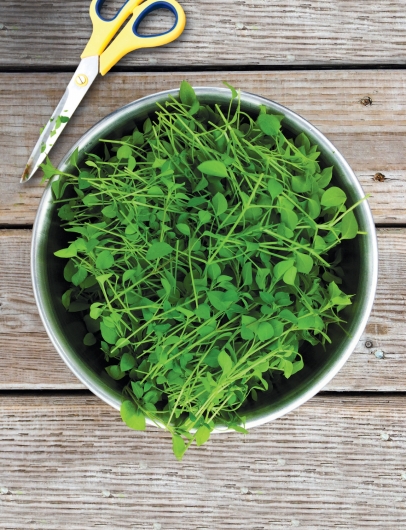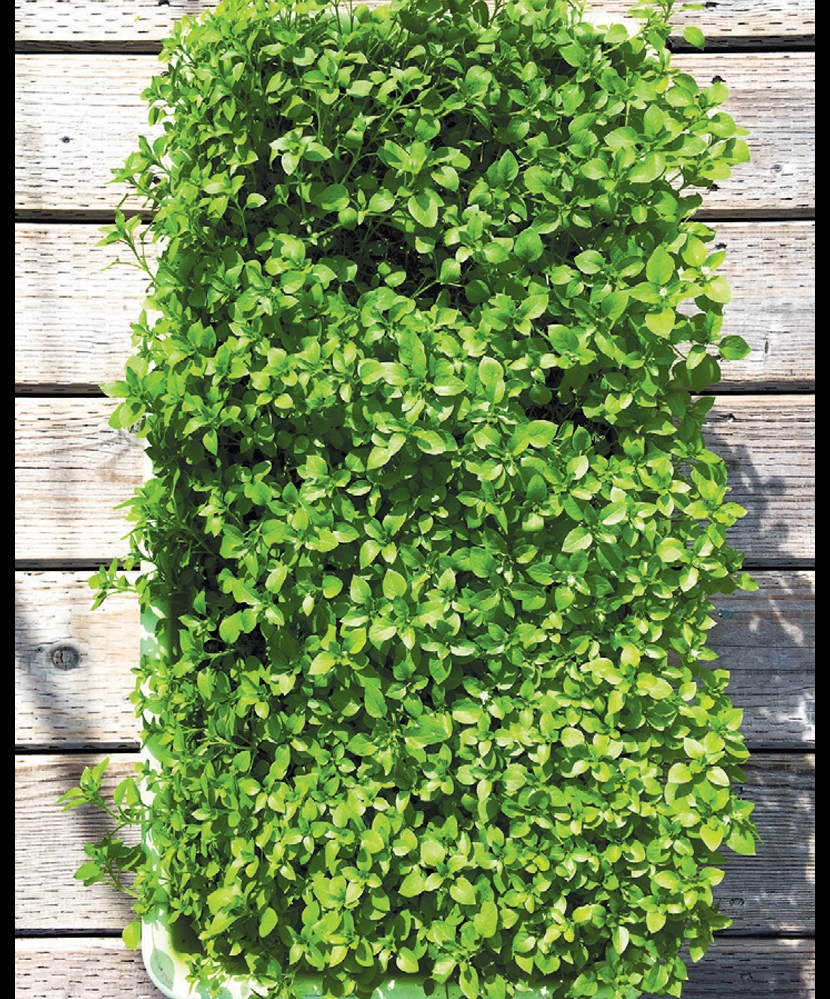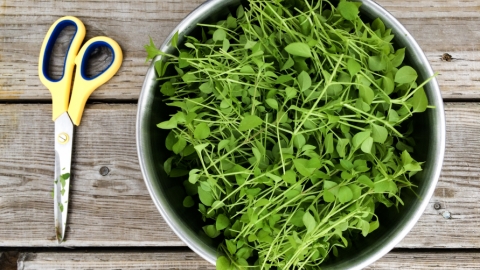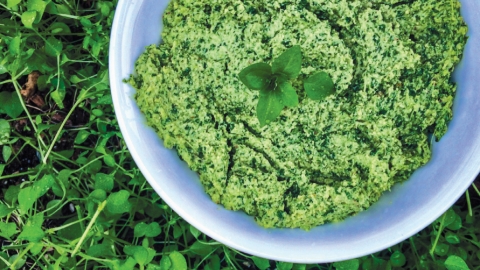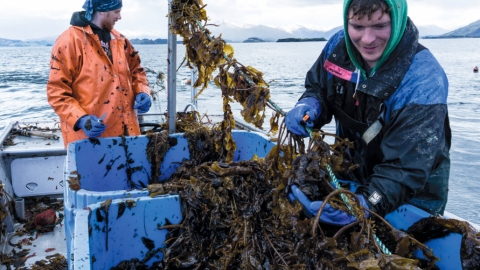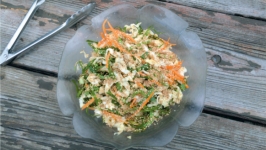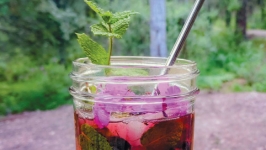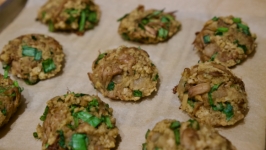Chickweed, the Superfood Superstar
Chickweed, the Superfood Superstar
Mouthfuls of green sunshine. Moisture-rich packets of pure chlorophyll medicine. For this frugal forager, chickweed was love at first bite. When the increasing daylight brings forth a bounty of wild-harvested and cultivated foods, chickweed is always on my pick list. And sometimes I hardly need to pick.
In recent years, a generous forager friend fed my obsession with cuttings from her container garden. “I have long since forgotten what vegetable I originally intended to grow in the planters,” she confided to me. A fellow forager, she accepted and adapted her palate to the one that outcompeted the rest. She eats the chickweed and shares the abundance, alerting a network of friends whenever it is time to give her garden “a haircut.”
“Weeds” are a label for plants that show up in places where they are not wanted. Yet many of these plants have both medicinal and food uses. Perhaps a voracious forager can keep these populations in check, certainly with less long-term damage than chemical sprays. For foragers of all levels, chickweed is a good one to learn and gather because it is so plentiful. Luminously green and fast growing, Stellaria media is delicious and fabulously nourishing. Native to Europe and Asia, chickweed can now be found all over the world in disturbed areas such as gardens and farms. It can quickly overshadow direct-seeded crops, such as carrots. Many growers cringe at the very mention of chickweed. This is your cue to ask the gardener or farmer to identify it for you, and hopefully they will then invite you to harvest it.
The optimal time to harvest chickweed is before the charming white flowers appear, in late spring or early summer. This is when the plants have good flavor and are still tender. You’ll also make your hosts happy by preventing the chickweed from going to seed and spreading. After a clipping, chickweed will likely grow back again if the roots remain in the ground. Ask your farmer friend if they want the full weed eating service. If so, pull the chickweed out completely, then snip the roots into a separate container from your foraging bucket. Put the roots in a hot compost or designated area away from other food crops.
After the flowering stage, chickweed gets tougher and stringier. Lay these up on an herb rack or in bundles to dry for winter. Store in air-tight containers. They reconstitute well in soups and stews. Watch out for tiny seedpods and be mindful to keep seeds contained to prevent them from growing where they are unwanted. Instead, eat these too, sprinkled on salads and other dishes.
This humble plant packs a nutritious punch with a wide array of minerals such as calcium, magnesium, and iron, plus vitamins C, B, and more. Medicinally, chickweed is cooling, demulcent, and can break up congestion and blockages. When I find myself covered in mosquito and no-see-um bites at a farm or garden, I search for fresh chickweed to crush and apply as a poultice to ease the itching and calm the swelling. Chickweed is soothing for other skin irritations. Traditional medicine makers include chickweed in healing salves and vinegar tinctures.
To safely forage for chickweed and any other plants, avoid gathering from places near roads or wherever they can be contaminated or sprayed with chemicals. Offer gratitude to the plant, the land, and the people of the land where you are gathering. As with all foraged and unfamiliar foods, take precautions for potential allergic reactions and consult your medical provider before consuming if you are pregnant or breastfeeding.
In anticipation of summer’s fast-paced growing season, consider forging an alliance with gardeners and farmers in your community for a mutually beneficial arrangement to respectfully and vigorously harvest this stellar superfood. Bring a large cloth bag, a pair of scissors or knife, and an enthusiastic appetite to embrace the many overlooked, underutilized food and medicines hiding in plain sight. Let us celebrate and elevate chickweed from an unwanted weed to an appreciated food with which to stock our kitchens and nourish our bellies.


